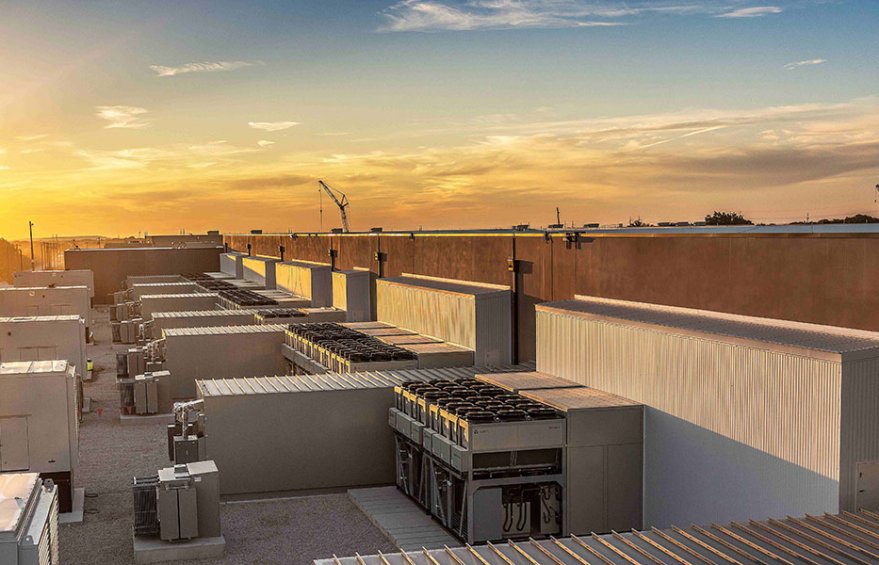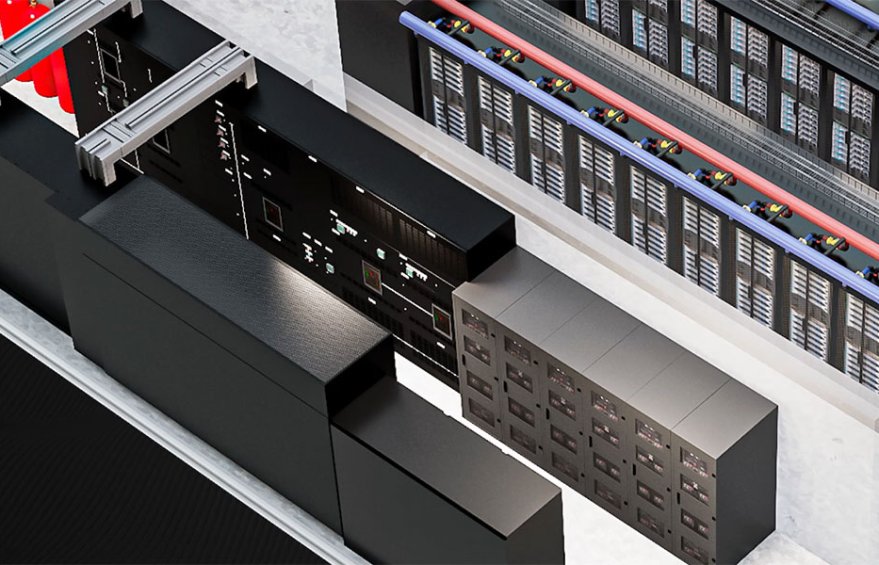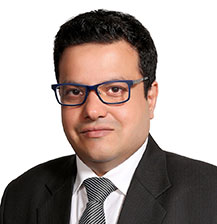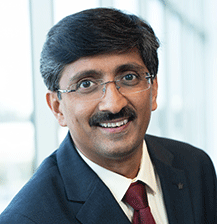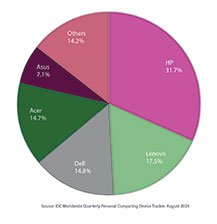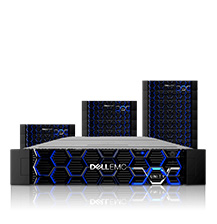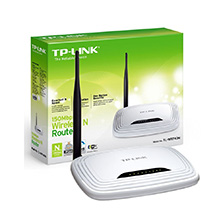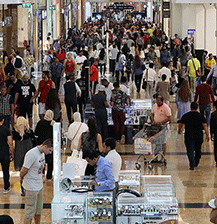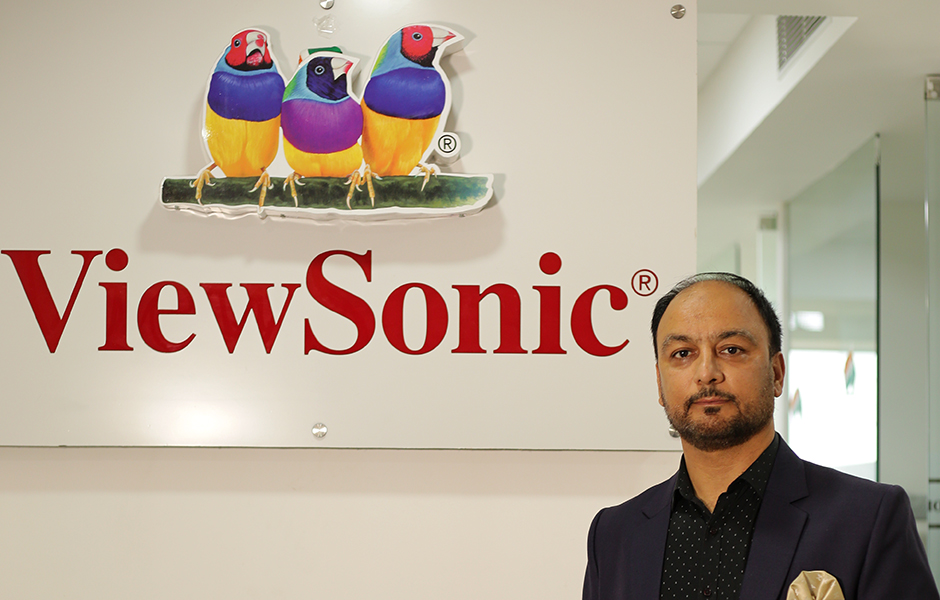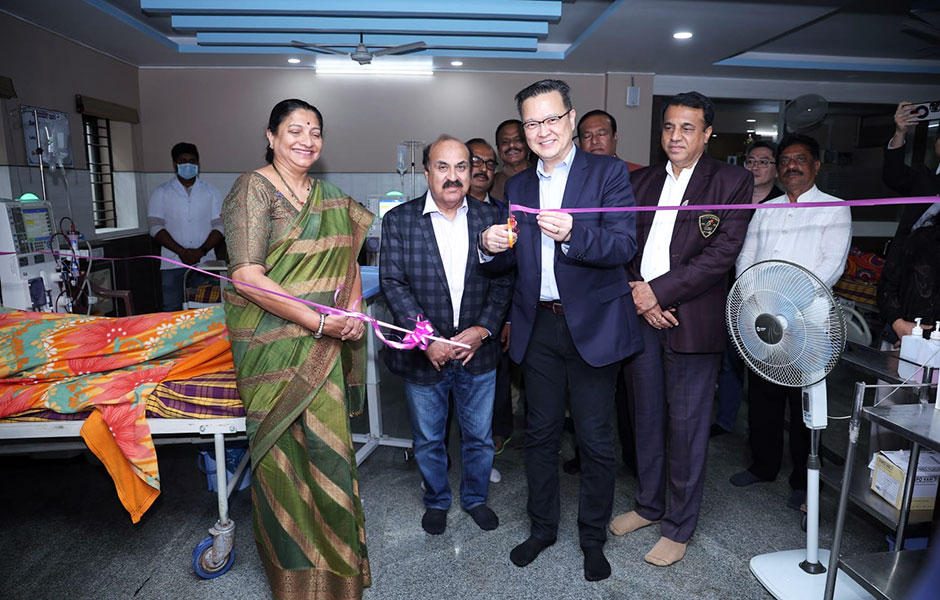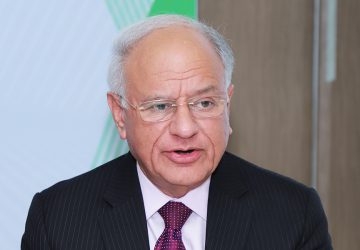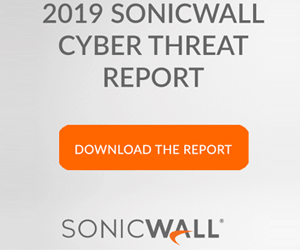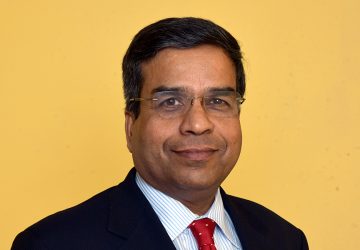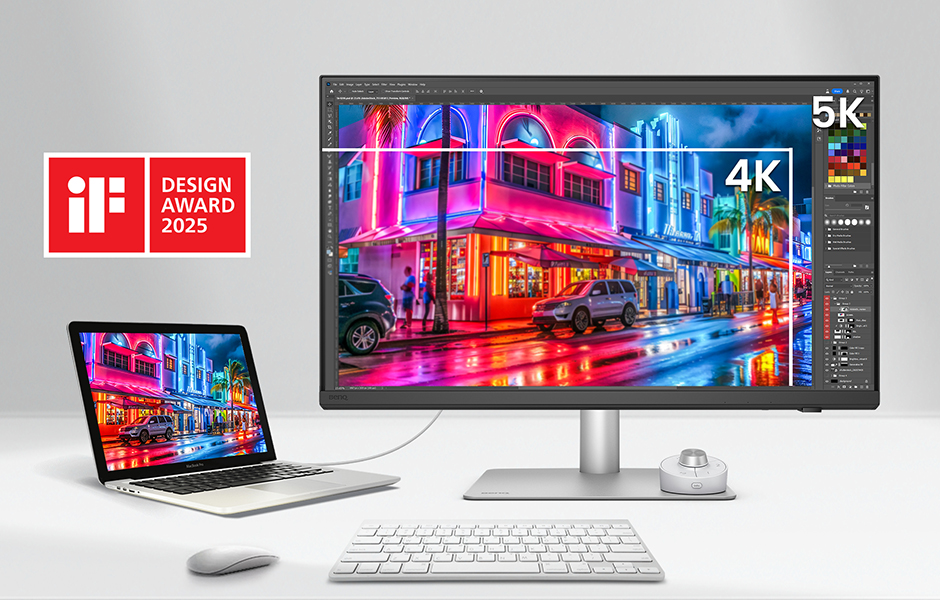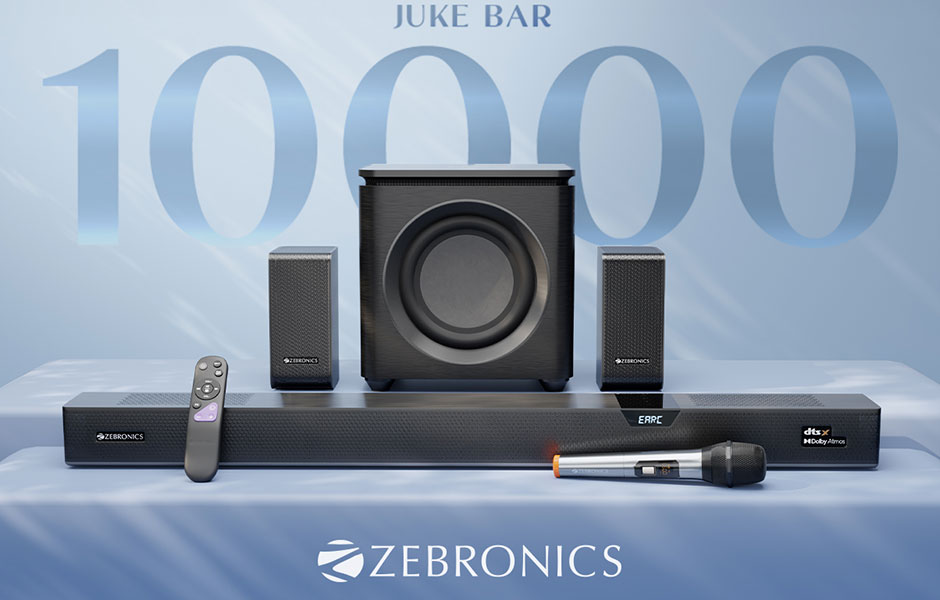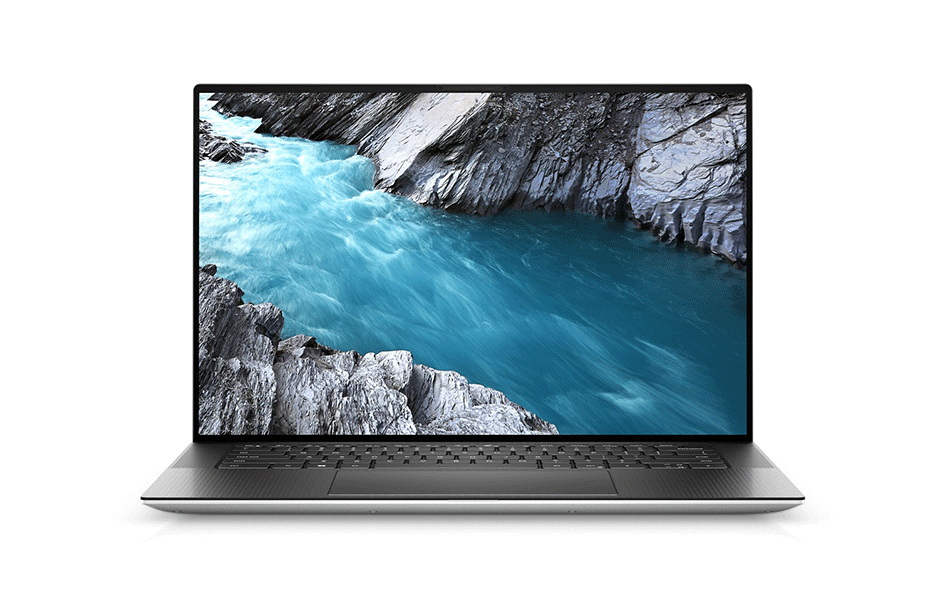
The survey commissioned by Vertiv, and conducted by 451 Research, reveals that most of the service providers across the globe apprehend energy consumption going up with 5G and edge computing taking firmer roots
Vertiv, together with technology analyst firm, 451 Research, has released the findings of an in-depth survey which reveals a good sense of optimism about the services 5G will enable and the interplay with edge computing. The majority of telecoms operators surveyed believe the 5G era will start in earnest in 2021 in all geographies, with 88 percent of respondents planning to deploy 5G in 2021-2022.
The survey questioned more than 100 global telecoms operators about the opportunities and potential obstacles of deploying 5G services and the impact on edge computing adoption. Regarding edge and 5G specifically, the survey reveals that a large majority of operators have deployed (37 percent) or plan to deploy (47 percent) edge compute that is aligned with mobile infrastructure – also called multi-access edge computing (MEC).
However, more than 90 percent of respondents believe 5G will result in higher energy costs and are interested in technologies and services that improve efficiency. This is consistent with internal analysis by Vertiv, which finds the move to 5G is likely to increase total network energy consumption by 150-170 percent by 2026, with the largest increases in macro, node and network data center areas.
Giordano Albertazzi, President for Vertiv in Europe, Middle-East & Africa, opines, “The challenge for operators considering 5G will be choosing the most mature use cases, verticals and eco-systems where they can play a meaningful and sustainable role. The research Vertiv has undertaken into edge computing use cases and archetypes, together with this latest survey with 451, will help our operator customers and telecoms partners to build more robust business cases for 5G investments and associated edge compute deployments,” says
“This survey brings us clarity on telecom operators’ hopes and fears around 5G and edge deployments,” says Brian Partridge, research vice president for 451 Research. “The two toughest connectivity challenges for supporting 5G topologies were revealed to be upgrading access and aggregation layer networks and adding new backhaul links. Survey respondents indicated that the availability of high quality connectivity to distributed POPs and ease of site acquisition were viewed as the most critical enablers to 5G success. We were frankly surprised by some of these results and believe it brings clarity to the level of transformation the industry now faces”, adds Partridge.



